The books which have been unveiled by the honorable president are the results of the efforts of researchers in the Research Institute for Proximity Studies in recent years. These works can be divided into several categories:
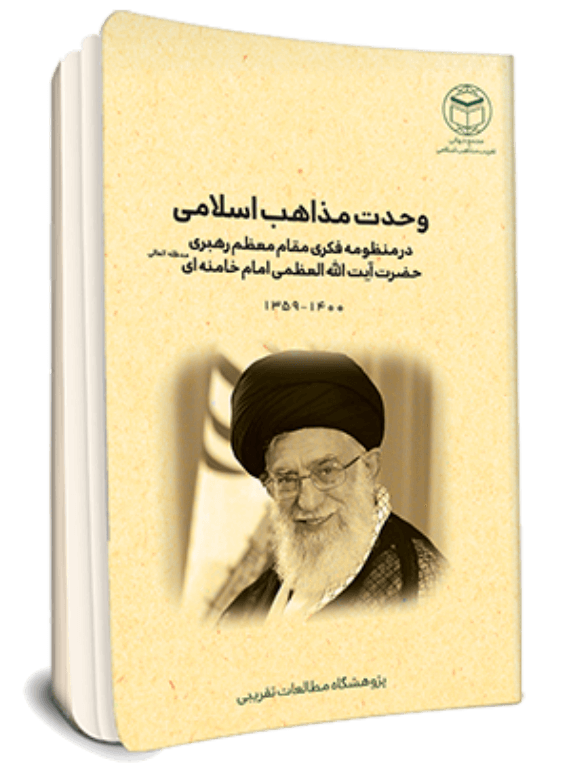
1. “Unity in the Intellectual System of the Supreme Leader”In order for us to be able to move in the path of proximity correctly, first of all, it was necessary that the unity in the thought system of the Supreme Leader should be the extracted road map to move in this direction. This book actually explains the structure and system of unity from the viewpoint of His Holiness.
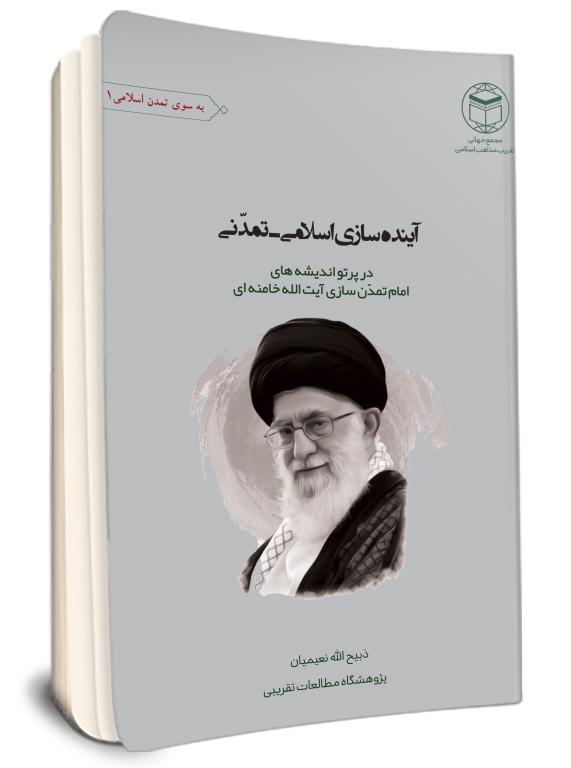 2. “Islamic-Civilizational Futuristics in the Light of the Ideas of the Civilization-Building Imam, Ayatollah Khamenei”
2. “Islamic-Civilizational Futuristics in the Light of the Ideas of the Civilization-Building Imam, Ayatollah Khamenei”
Written by: Zabihullah Naeimian
We know that in the opinion of the Supreme Leader, the unity and solidarity of the Islamic world is a prelude to reach the new Islamic civilization. In this book, the perspective of this new Islamic civilization is examined in the words and views of His Holiness.
Three Books from the Collection of the Works of Ahl al-Sunnah on the Virtues of Ahl al-BaytOne of the prevailing views on unity and proximity is the theory that was put forward by Grand Ayatollah Boroujerdi and some other authorities and scholars of Islam, and that is: all the Islamic world should unite on a common cause, which is the scientific authority of the Imams, peace be upon them. The introduction of this topic is to examine the position of the Ahl al-Bayt in the eyes of the scholars and elders of the Islamic world, especially the Ahl al-Sunnah, so a project titled as «سلسلة فضائل أهل البیت عند أهل السنة» (The Virtues of the Ahl al-Bayt from the Viewpoint of Ahl al-Sunnah) was launched and from this collection, 5 works were published before, and this year 3 other works have been published.
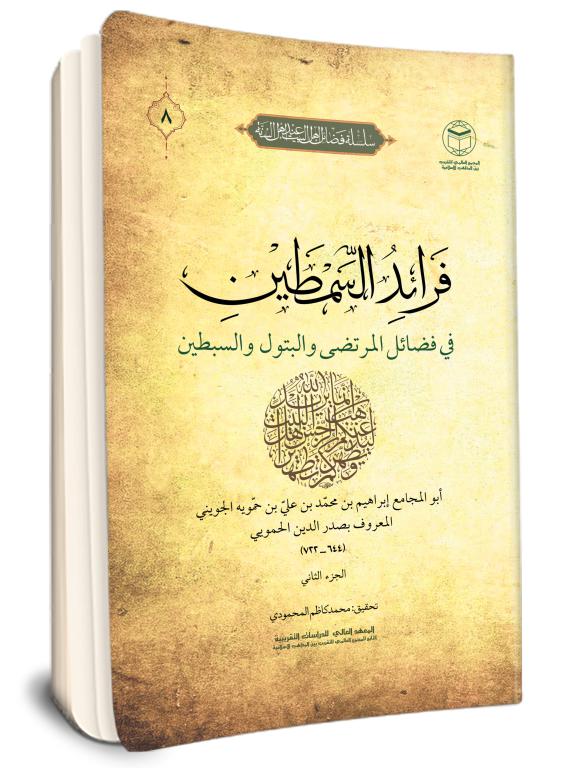 3. «فرائد السِّمطين في فضائل المرتضی والبتول والسبطین »
3. «فرائد السِّمطين في فضائل المرتضی والبتول والسبطین »
(The Merits of Al-Simatayn on the Virtues of Al-Murtada, Al-Batul and Al-Sibtayn)
Written by Sadr al-Din Ibrahim Juvayni Hamuyeh, the son of the great mystic and Sufi of the 7th century, Saad al-Din Hamuyeh, this book is one of the most important sources on the virtues of the Ahl al-Bayt, and it mentions the virtues of Amir al-Mu’minin, Lady Fatima, Imam Hassan, and Imam Hussain (peace be upon them).
Research: Mohammad Kazem Mahmoudi

4. «نظم درر السِّمطین»
Written by Jamal al-Din Muhammad bin Yusuf Zarandi, one of the Hanafi scholars of the 8th century AH, in this book the virtues of Amir al-Mu’minin, Lady Fatima, Imam Hassan, and Imam Hussain (peace be upon them) are mentioned.
Researcher: Seyyed Kazem Mousavi
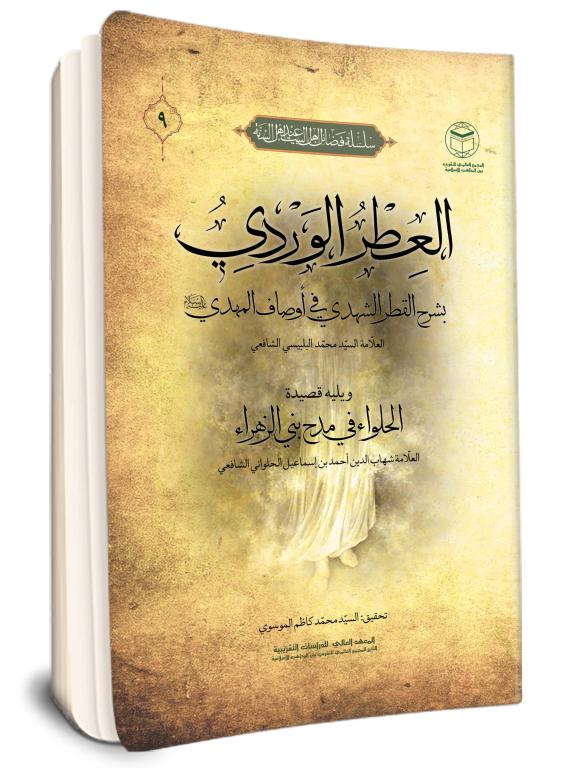
5. «العِطر الوِردی بشرح القطر الشهدي في أوصاف المهدي»
This book was written by one of the great Egyptian scholars named Allamah Seyyed Muhammad Al-Belbaisi Shafi’i, and it is actually a description of a poem written by Allamah Shahabuddin Ahmad bin Ismail Helwani.
Researcher: Seyyed Kazem Mousavi
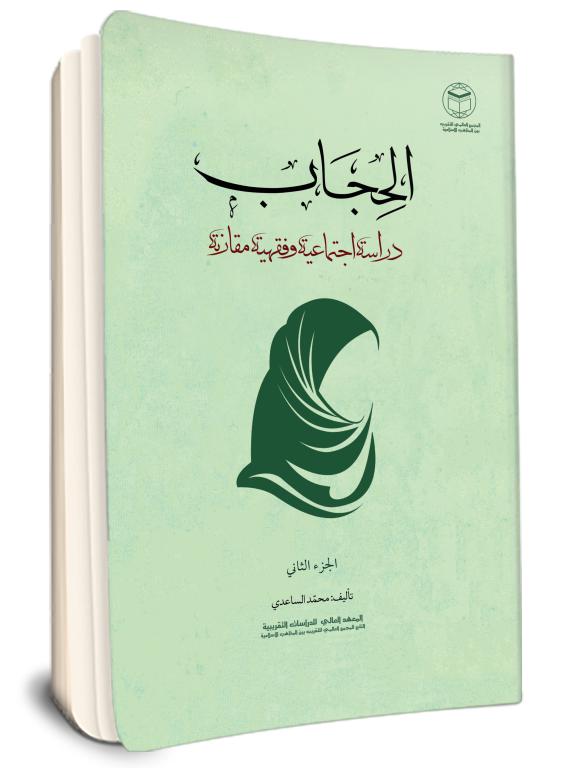
6. «الحجاب دراسة اجتماعیة وفقهية مقارنة»
In this book, the issue of hijab has been examined from a social and jurisprudential point of view using the views and opinions of scholars of the Islamic world (Shia and Sunni).
Written by: Mohammad Al-Saedi

7. “The Caliphate of Wilayat al-Faqih: Realization of the Unified Ummah”
In this book, first of all, the discussion of Wilayat al-Faqih, which is raised in Shia political jurisprudence, is compared with the question of caliphate, which is raised in Sunni political jurisprudence, and it is proved that the conditions that Sunni scholars have in mind for the caliph and the Islamic caliphate can be considered. It should correspond to the authority of the jurist, and adherence to such a view can lead the Islamic world towards a single nation.
Written by: Zabihullah Naeimian
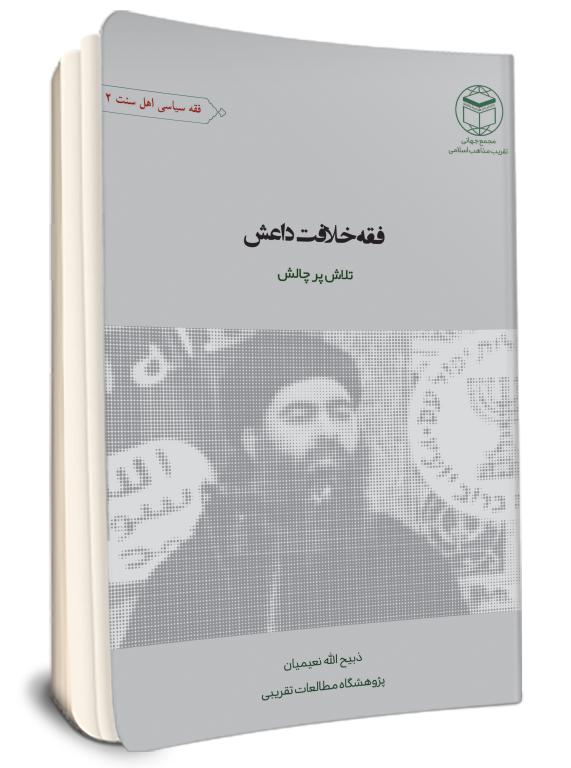
8. “The Jurisprudence of ISIS Caliphate is a Challenging Endeavor”
One of the serious challenges of the unity of the Islamic world in the later periods was the emergence of a movement called the Islamic Caliphate or ISIS, in order to prevent the emergence of such deviant movements, from now on it is necessary to recognize the religious thought of this movement and examine ways to prevent it. This book is actually related to the idea that was the origin of ISIS.
Written by: Zabihullah Naeimian
Study of Religious Mainstreams
Unfortunately, one of the weaknesses in the international arena is the lack of comprehensive information about the personalities, mainstreams, and religious institutions of the Islamic world. We started a project called religious mainstreams last year, in which both countries and their demographics, and sometimes some groups and sects about which complete information is not available are examined from a religious point of view. Three works have been prepared and published from this collection this year:
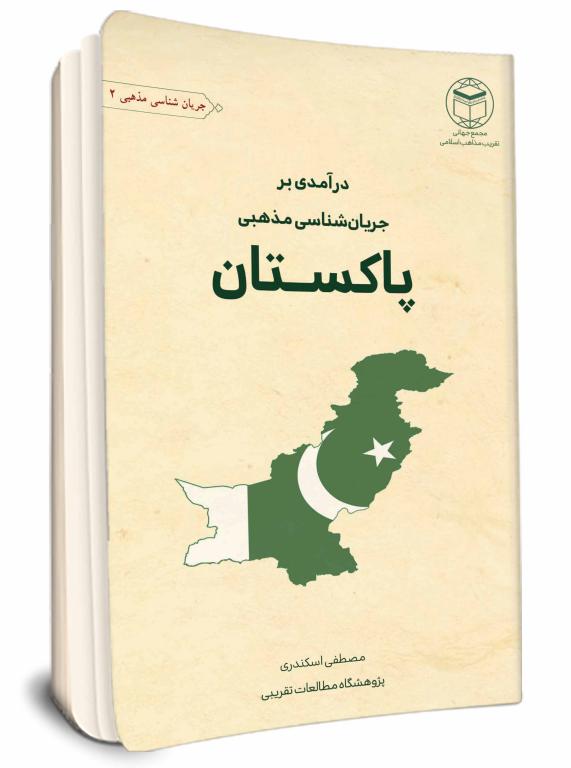
9. Religious Mainstreams in Pakistan
The country of Pakistan is important for us in many ways because of the neighborhood and the connections we have with them and the influence it has on the tradition of our country and other ways. Therefore, in this book, the religious context of Pakistan, influential religious figures, religious mainstreams and pro-proximity and anti-proximity figures and the challenges of proximity in this country have been investigated.
Written by: Mustafa Eskandari
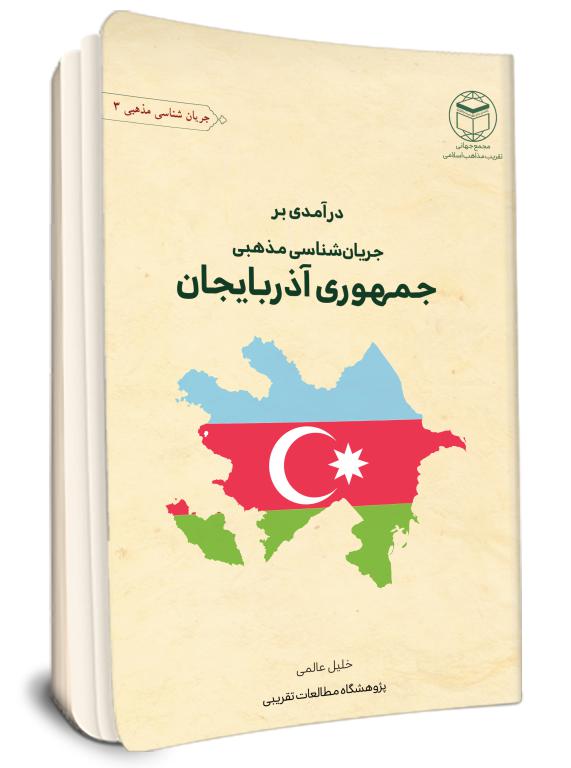
10. “Religious Mainstreams in the Republic of Azerbaijan”
In this book, an attempt has been made to examine the state of Azerbaijan from a religious point of view and its influential figures from the viewpoint of proximity and religious schools of thought.
Written by: Khalil Alami
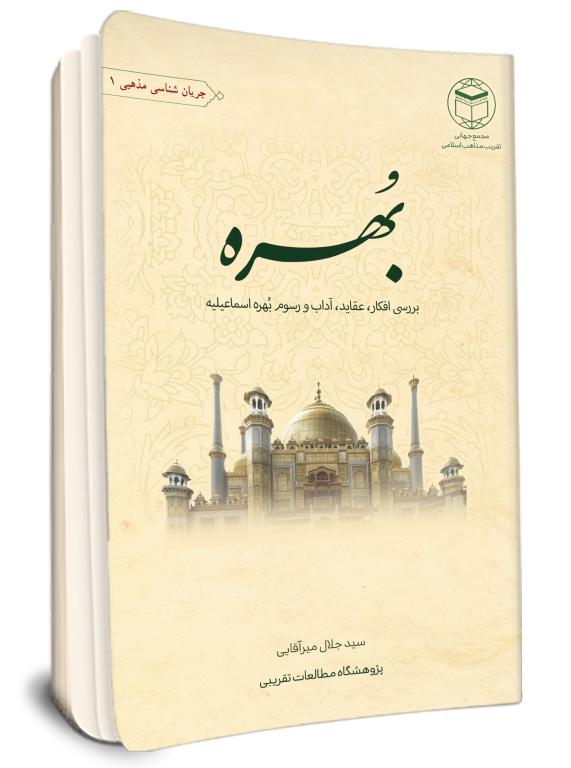
11. Bohrah (written by Seyyed Jalal Mir Aghaei)
Boharhs are among the important branches of Ismaili denomination and considering that the teachings of this religion are more esoteric and secret, before this there was no proper knowledge about this sect. It offers us a new and realistic view of this sect.
Written by: Seyyed Jalal Mir Aghaei
